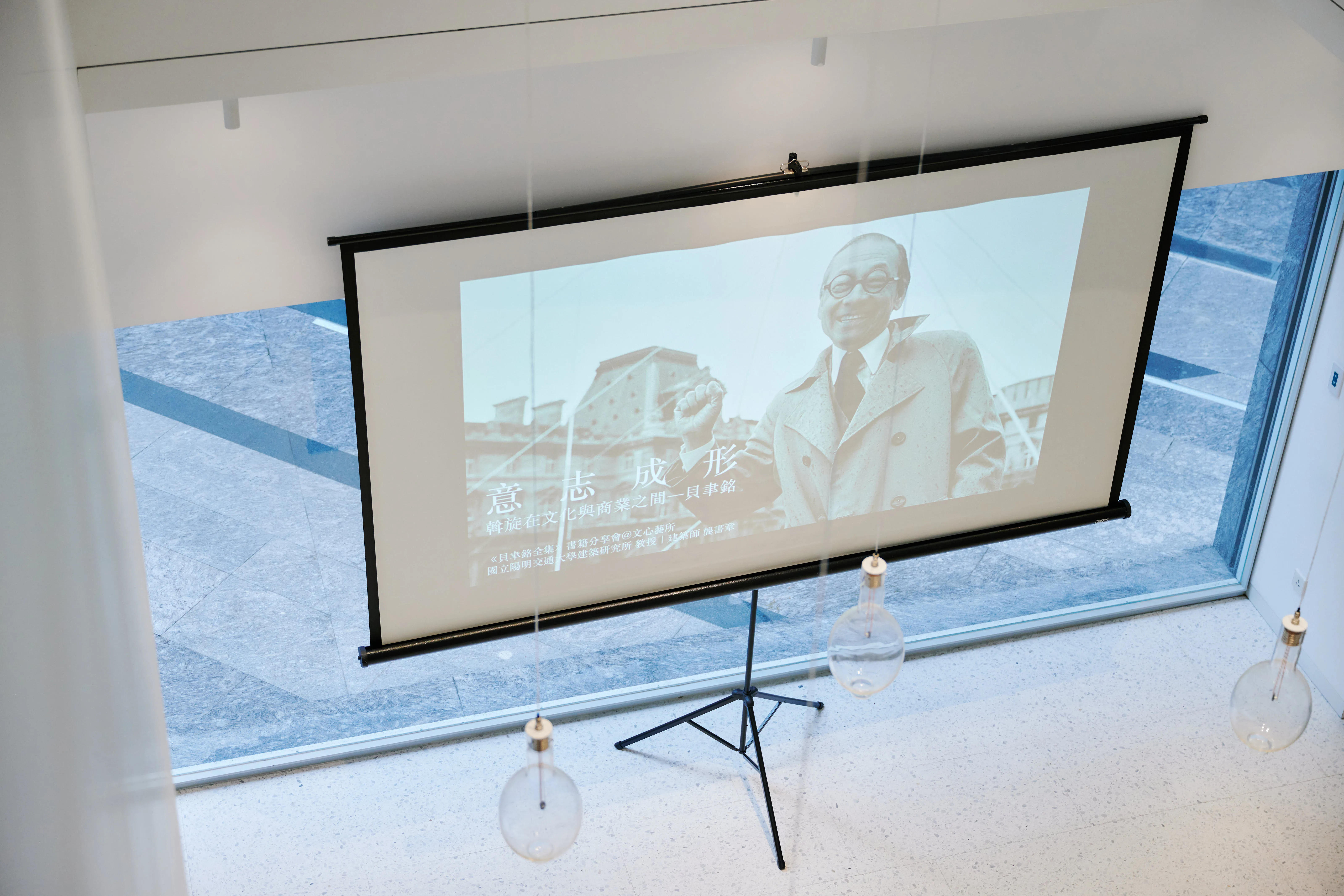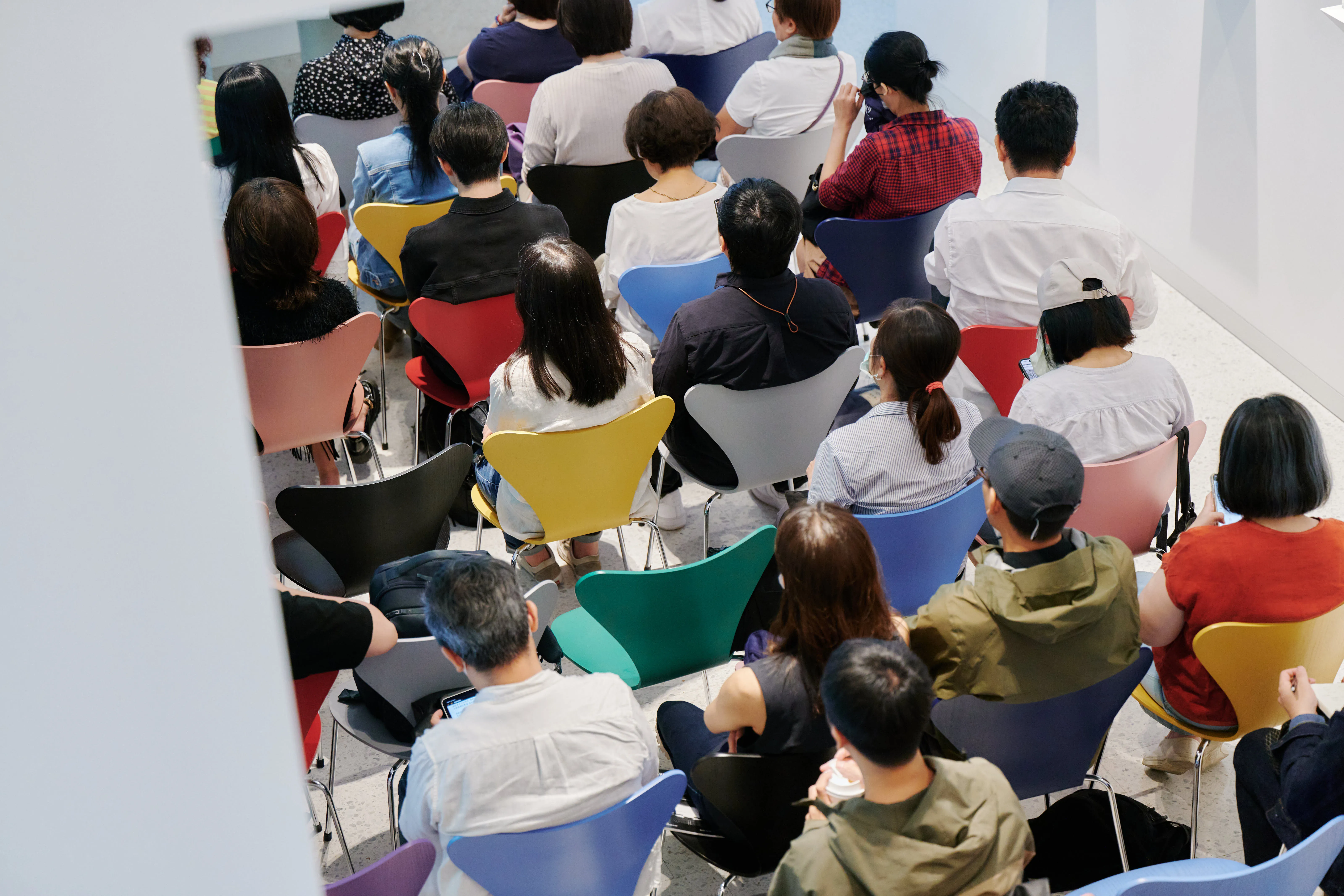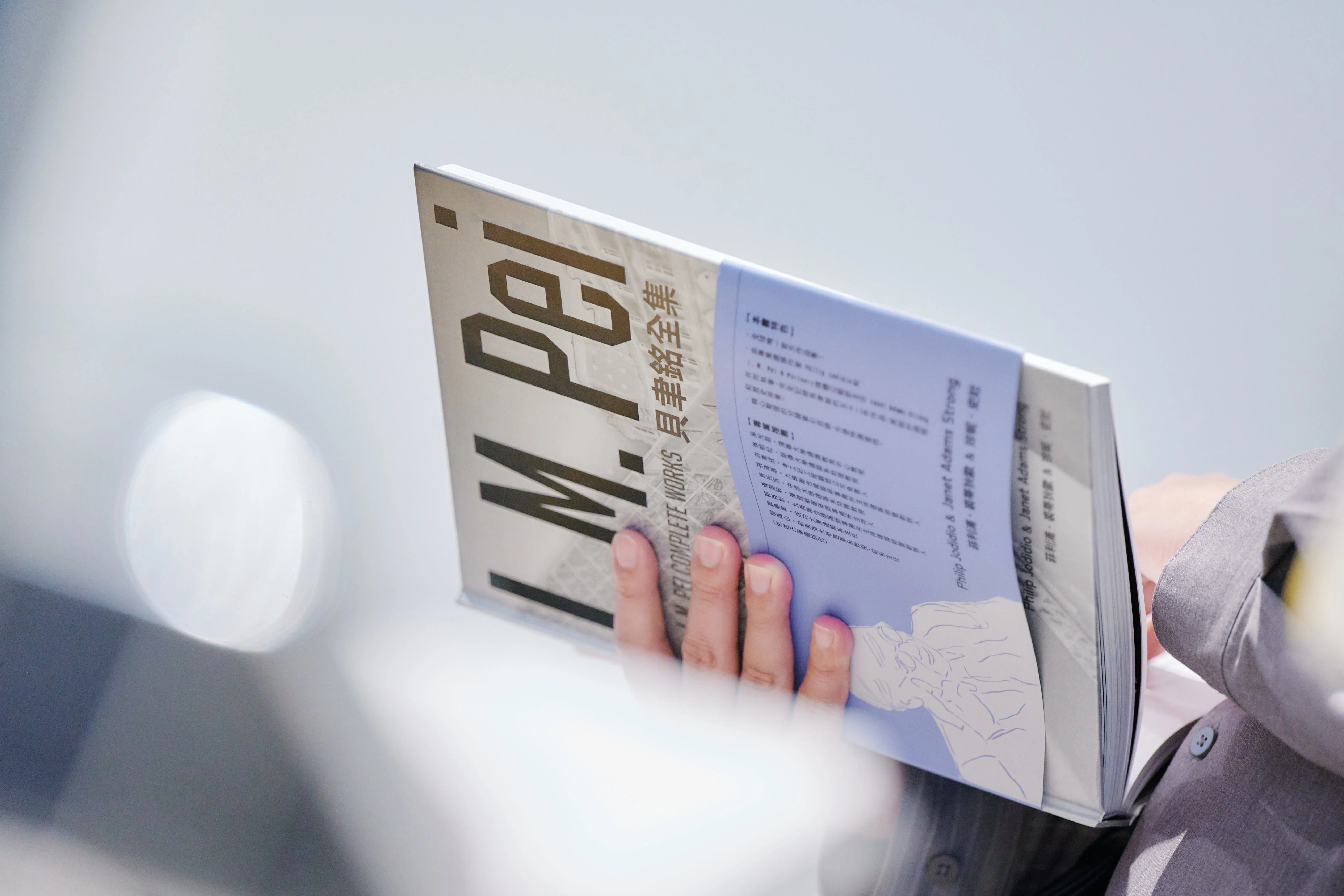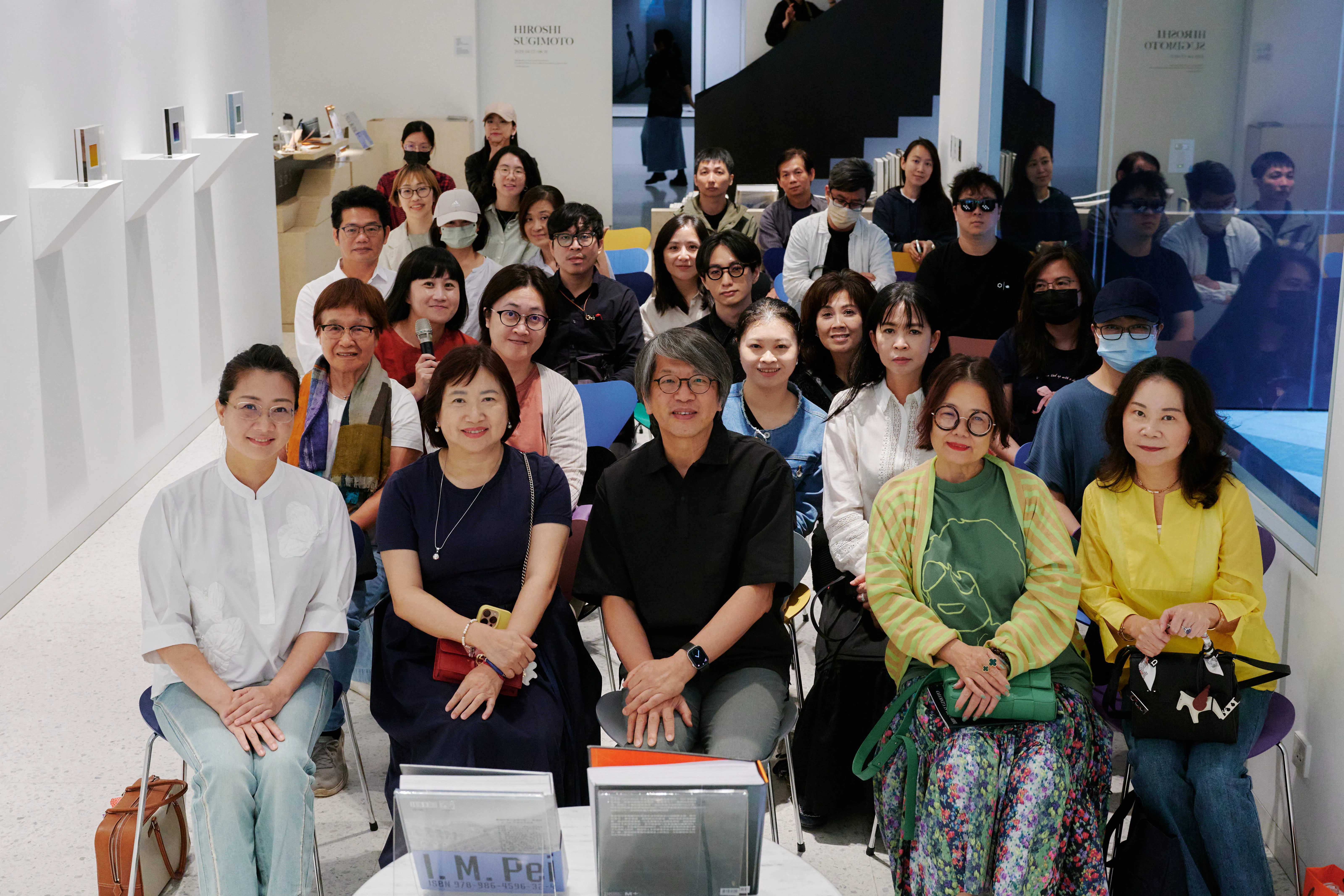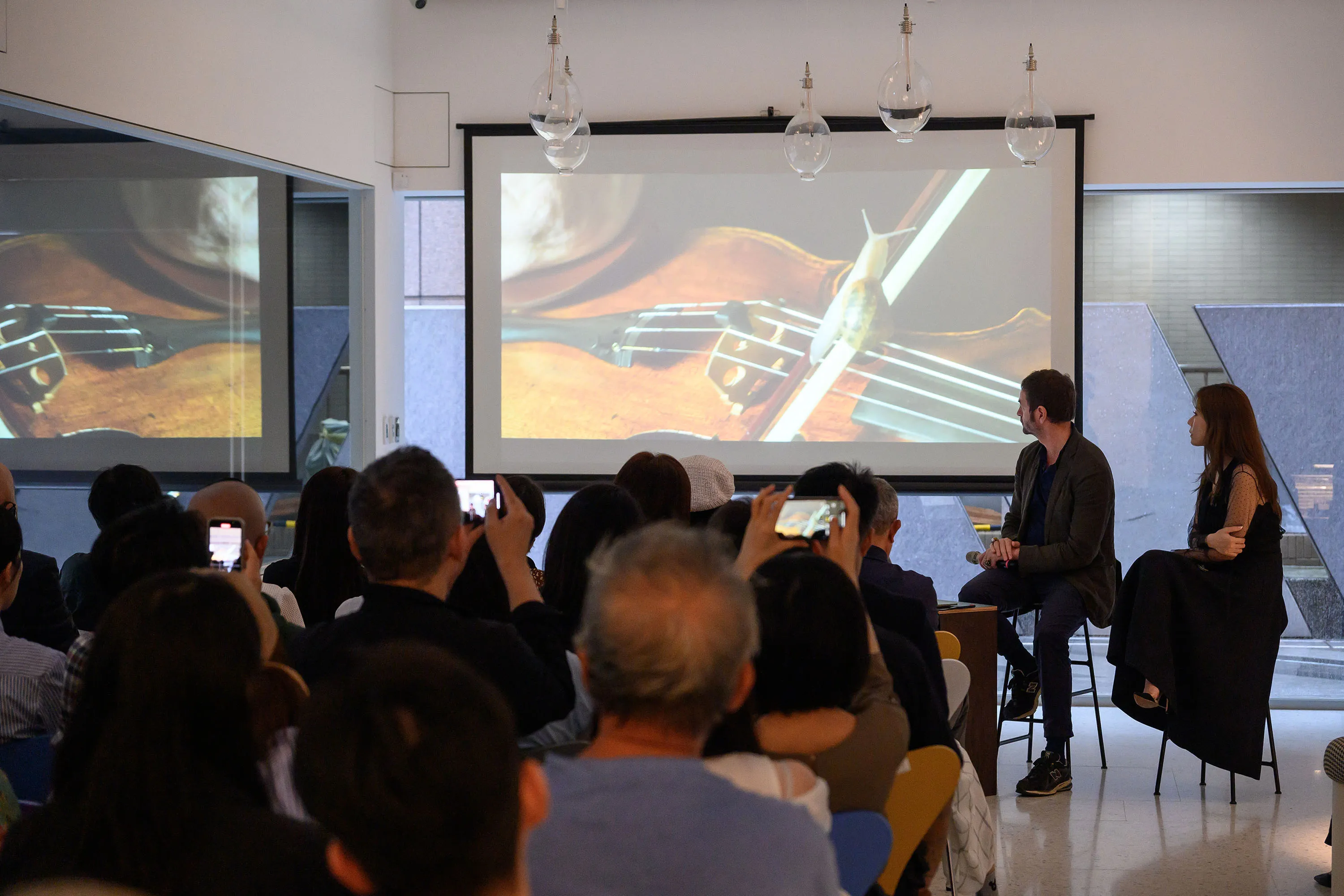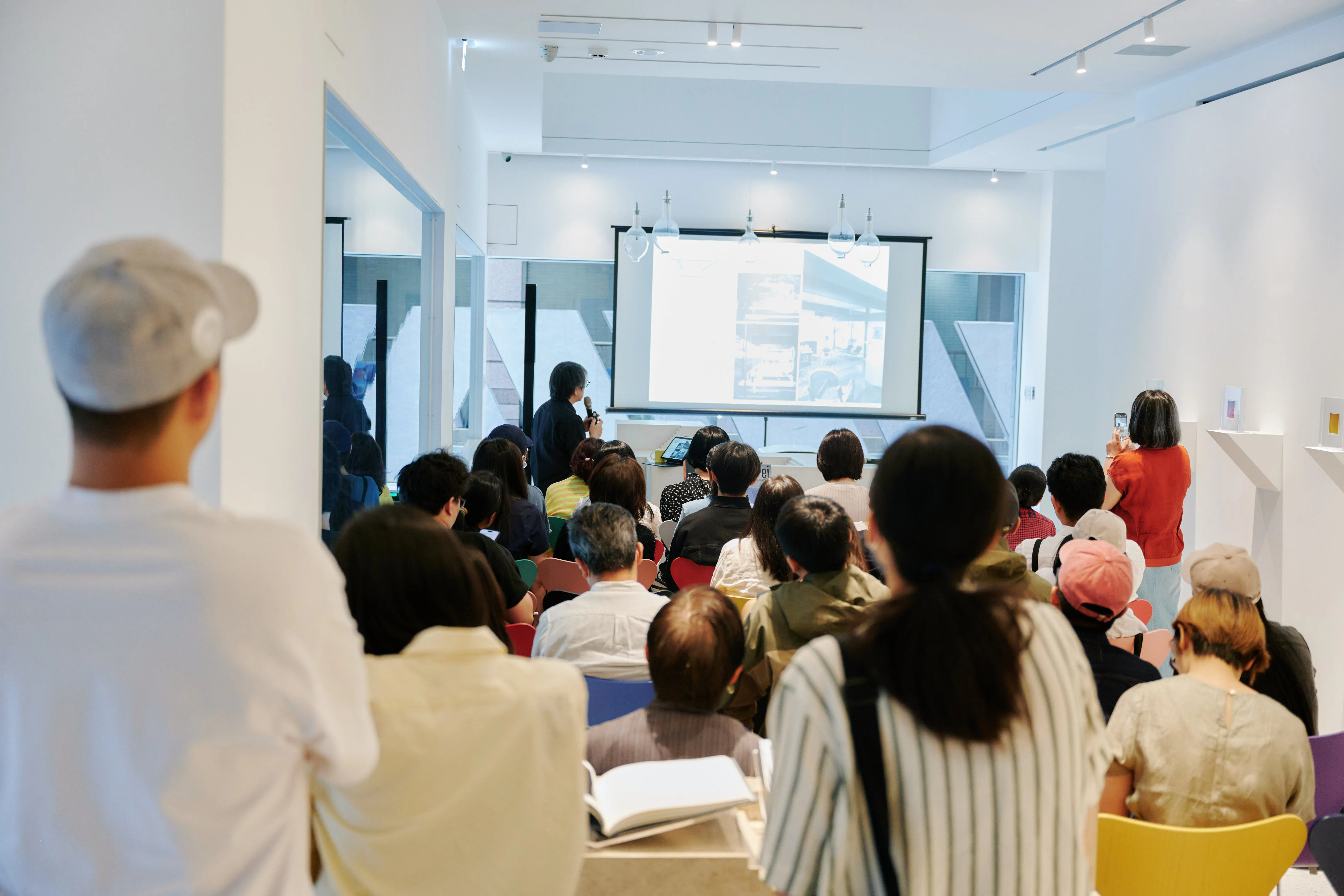
BOOKTALKS| Willpower Formation: Swirling Between Culture and Business - I. M. Pei: Complete Works
Speaker
Architect Kung Shuzheng, Professor, Institute of Architecture, National Yang Ming Chiao Tung University
Location
Winsing Art Place (No. 6, Lane 10, Lane 180, Section 6, Section 6, Minquan East Road, Neihu District, Taipei City)
Fee
$150 (Discounts on books and drinks, and free visit to the bookstore)
Introduction
I.M. Pei, an internationally renowned Chinese architect, has been hailed as “the last modernist master.” In an architectural career spanning more than sixty years, he has excelled at blending Eastern aesthetics with Western rationality, using light to create a classic architecture that transcends the era. His work is not only of great aesthetic value, but also of the spirit and humanity of the times, and continues to inspire countless architects and creative workers to this day.
Speaking of Beiyu Ming, what works do you think of? Is the glass pyramid of controversy and amazement that used to be in Paris Louvre? Is the Rusiyi Memorial Church of Tranquility at Tonghai University? Or the beautiful art museum hidden in the mountains and fairies of Shiga Prefecture, Japan?
An invitation to Gong Shuzheng, an architect from the Institute of Architecture at National Yang Ming Chiao Tung University, talks about the two architects' different responses to modernism and cultural traditions from Bei Yu-ming and Wang Daishi's graduate design at Harvard University. And delve deeper into the mind-set of Bing Ming's architecture, talking about how he moved from the tangle of power and business to finding the possibilities of “public” and exploring the path to “cultural.” It will also lead us to think about how Beiyu Ming responds to his own culture and will through the form of architecture.
Event Recap
“Form follows intention.” — I.M. Pei
“Form is the expression of will.” —— Bei Ming Liu
As an architect, Beiyu Ming practiced speaking through his architectural work for decades. Shows how he shapes spaces for sharp thinking in a multicultural environment when faced with different needs and cultural backgrounds. However, due to his internationally acclaimed work, the public's knowledge of the architect himself may not be as profound as ever. In response to the twelve-year reissue of the official Chinese collection “The Complete Collection of Beiyu Ming”, the Wen Sin Art Foundation and Block Culture invited Kung Shuzang, an architect from his experience of visiting the Beiyu Ming Exhibition at M+ Museum Hong Kong in 2024, and the collection and research of Bei Yu-ming over the years. Brush up on the design thinking and will of this Chinese architectural colossus for the reader.
Beiyu Ming's growth was arguably the beginning of his cultural mix: he spent his early years in two international cities in Hong Kong and Shanghai; later he moved to the United States and studied architecture at Massachusetts Institute of Technology and Harvard University, in the former receiving solid engineering training and the latter received more solid engineering training than the latter received by Walter Groves Bauhaus Baptism of Nativity. Such a special situation not only allowed him to settle down as a “foreigner”, but it enabled him to practice his self-confident sense of identity and expression across languages and cultures, which had a profound impact on the development of his later career in architecture.
Often regarded as a commercial architect, Bei Yu-ming graduated from real estate. After opening independently, he became involved in commercial architecture until he began to touch on cultural cases in the 1970s. However, his earlier experience not only provided him with the opportunity to respond to social issues and implement his design vision through urban architecture, but many times his experience with owners, communities, and governments laid the foundation for his later major works. From business to cultural art, Bey was not only a “designer” but also a “strategist” and “negotiator”. Through his career he created the National Gallery of Art - East Building and the pyramids of the Louvre, France, the Musée du Louvre, MIHO MUSEUM, Qatar Museum of Islamic Art Many wonderful works such as Islamic Art (MIA)).
A cross-cultural foundation that makes Beiyu Ming an architect of intercultural relations. After years of cultural diplomacy through the building, the Suzhou Museum, designed by him, was completed in his hometown in 2006. This journey began with Western architectural training and eventually returned to the culture of the East and was also a gradual one. Until his later years, his work carried the same spirit as that of his youth, housing his thinking and strong will for design in the form of architecture. Bei's architecture is linked to his life. The exhibition “Life as Architecture” guides the audience through a large amount of history in the form of a personal biography, while the Beiyu Ming Collection serves as a basis for the work's classification according to the chronology of architecture through rich drawings and clear timelines. The form fully reflects the evolution of Bayu Ming from youth to later years. Recommended for readers who want to further study the collection of this architectural master.

